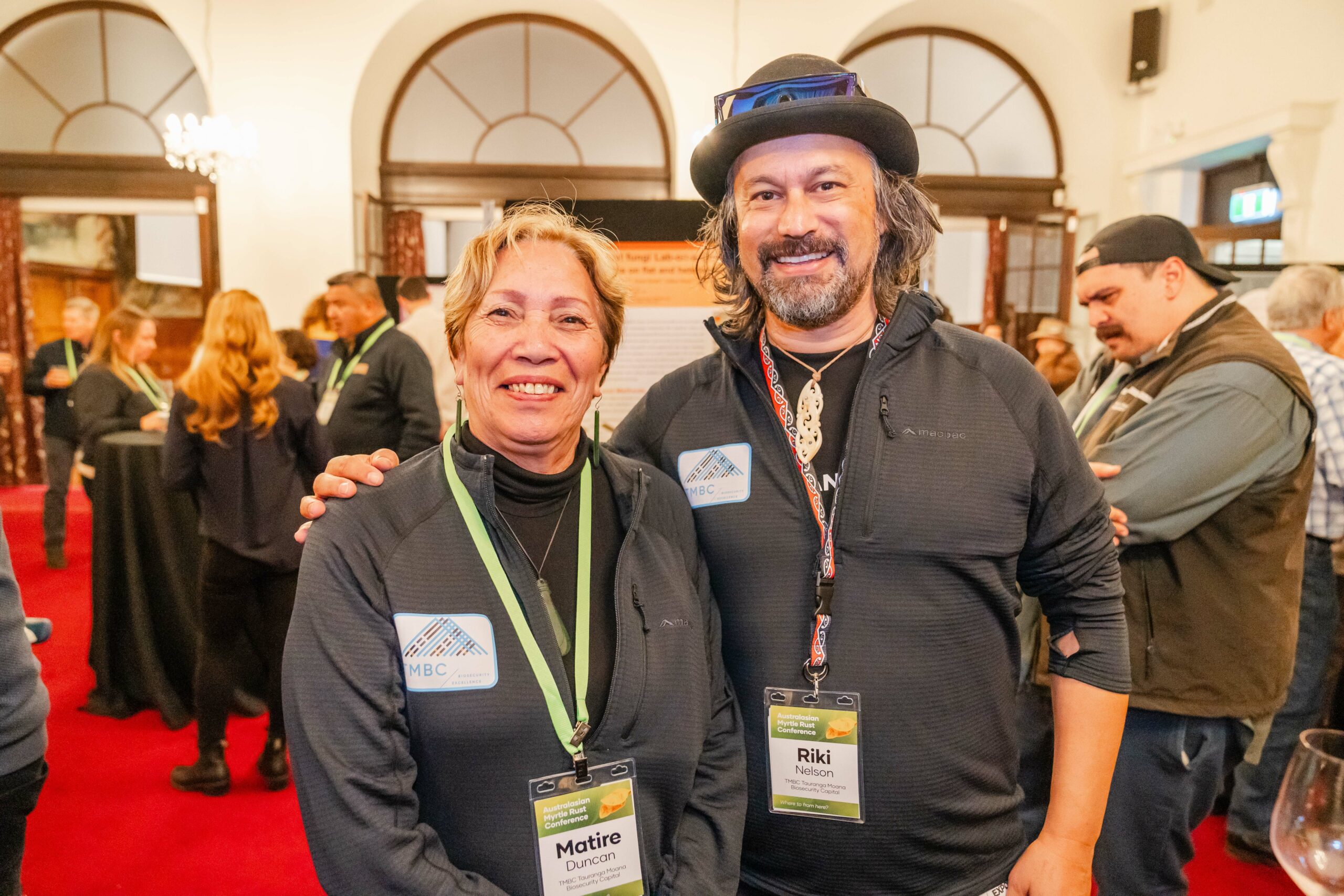The Australasian Myrtle Rust Conference was the first of its kind – a multi-day conference dedicated entirely to Austropuccinia psidii (the pathogen that causes myrtle rust) and the many plants this disease impacts. The conference was well attended by delegates from Australia and New Zealand, as well as delegates from further afield, including the US and Canada.
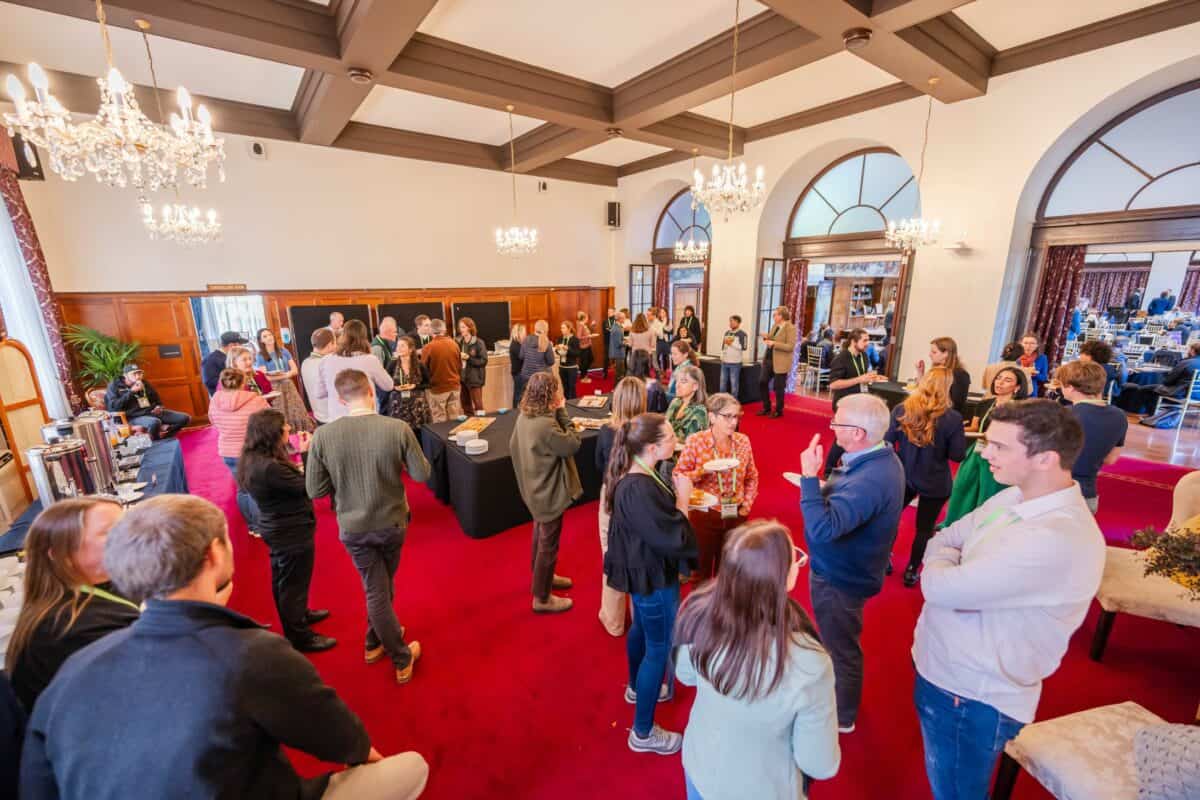
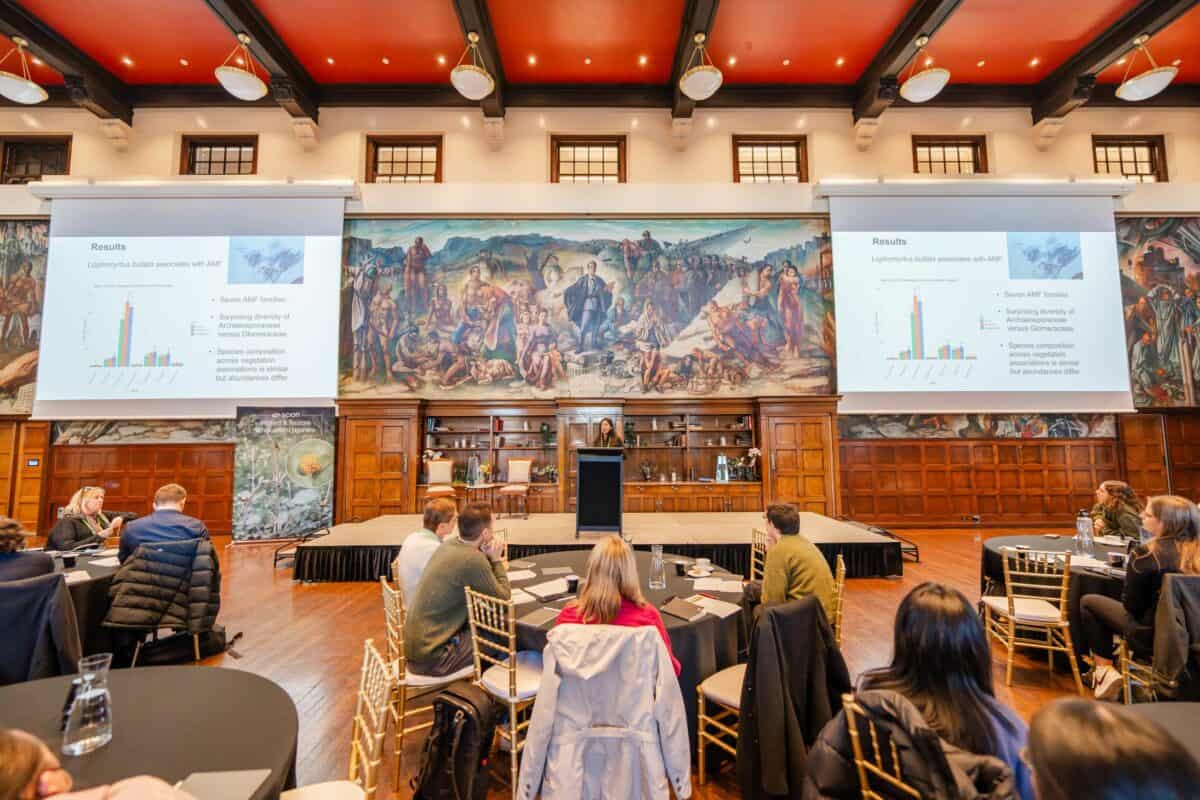
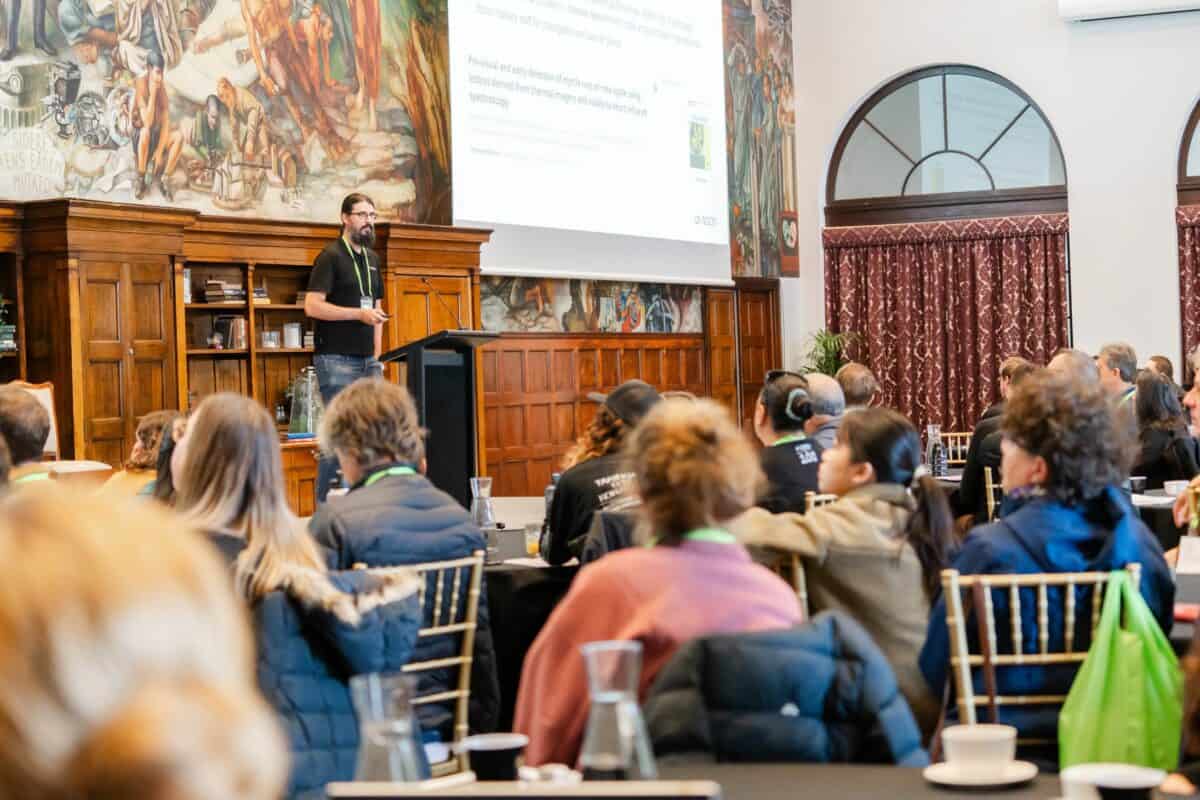
The conference wouldn’t have been the same without the many mana whenua in attendance. Some mana whenua attendees were funded through the Challenge. Ngā Pī Ka Rere supported four attendees from Ngāti Kuri, and the Challenge and flagship site partner Tauranga Moana Biosecurity Capital (TMBC) funded Matire Duncan and Riki Nelson.
“It was a great experience to be sponsored by TMBC to go over to Australia to learn a bit more about, funnily enough, what’s happening here in Aotearoa,” says Matire. “It goes to show that there’s not enough messaging out in the community about how serious this myrtle rust situation is.”
Matire was struck by the diversity of people in attendance. There were professors, students, scientists, conservation practitioners, Indigenous individuals and groups, and government representatives.
“It was interesting to hear about what they are doing in their countries and communities and what they are trying to achieve,” says Matire. “It’s going to take a global effort to fight this thing.”
A highlight for Matire was meeting First Nation people from Gadigal tribe in the Sydney area and K’gari tribe north of Brisbane.
“I noticed how Indigenous Australians and Māori have similar ways of doing things in terms of our Indigenous culture and mātauranga,” says Matire. “We made some very strong connections there.”


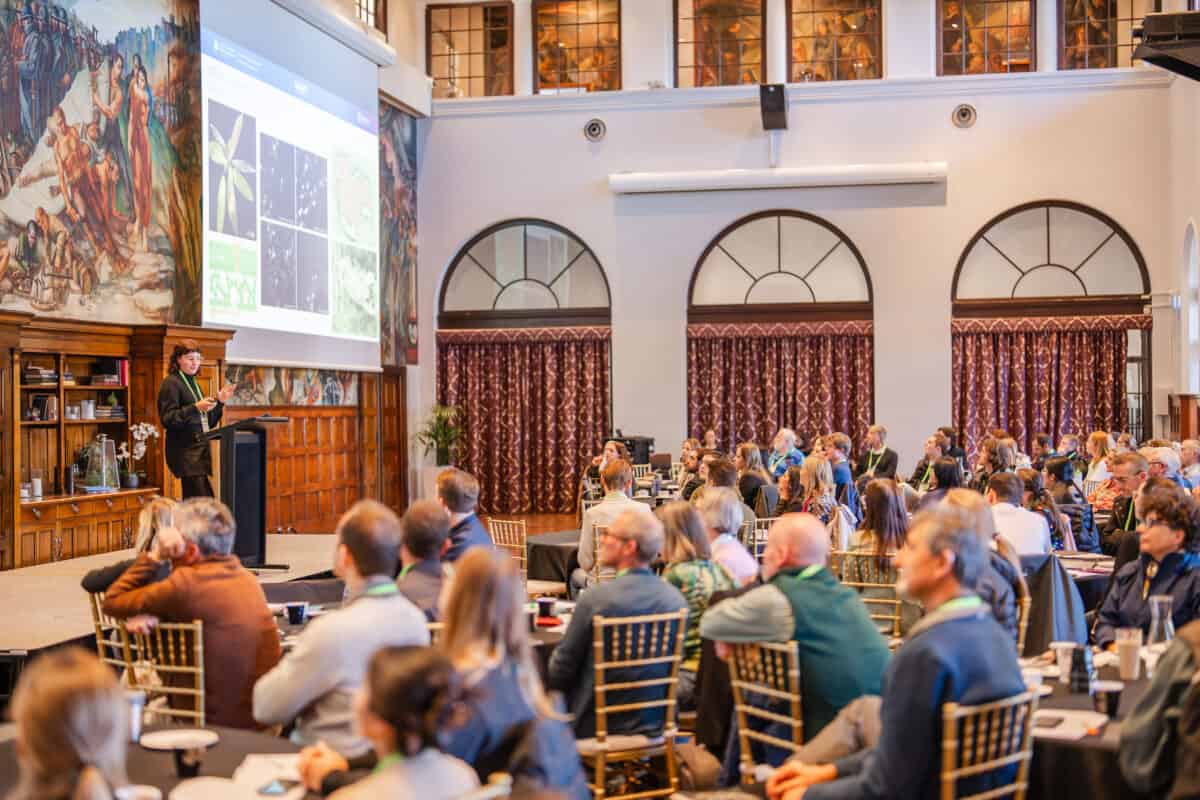
In terms of the talks delivered at the conference, Matire was drawn to those that explained the background and spread of the disease as well as how people are combatting it, like with fungicide, as they are doing on the Āwhitu Peninsula to keep rōhutu (Lophomyrtus obcordata) populations healthy.
“I was also blown away by the seed collection activities some countries are doing,” says Matire. “We’ve got to do that here too if we want to save our precious taonga species.”
The conference gave Matire a lot of food for thought about how to approach TMBC’s upcoming myrtle rust project. TMBC was awarded funding from BioHeritage for a project around myrtle rust surveillance, monitoring and management. This work is especially critical for Tauranga Moana because of its iconic mountain, Mauao.
“Mauao is just layered with pōhutukawa and was detected with myrtle rust recently,” says Matire. “Pōhutukawa is the korowai, the cloak, of Mauao. That helps Mauao keep its dignity let’s say.”
Matire returned from the conference feeling inspired.
“A really good group of people were there to share and learn with. We came back with a lot of knowledge of how we’re going to start our project. We’re all geared up and ready to go now.”
Matire Duncan
Besides surveillance, monitoring and management, Matire and the TMBC team will also be spreading the word about myrtle rust to the Tauranga Moana community.
“Our pōhutukawa, ramarama, and maire tawake are going to be impacted on a really big scale by this disease,” says Matire. “People need to know about this. It’s important that they understand and be serious about the impacts of myrtle rust.”
Jenny Leonard
